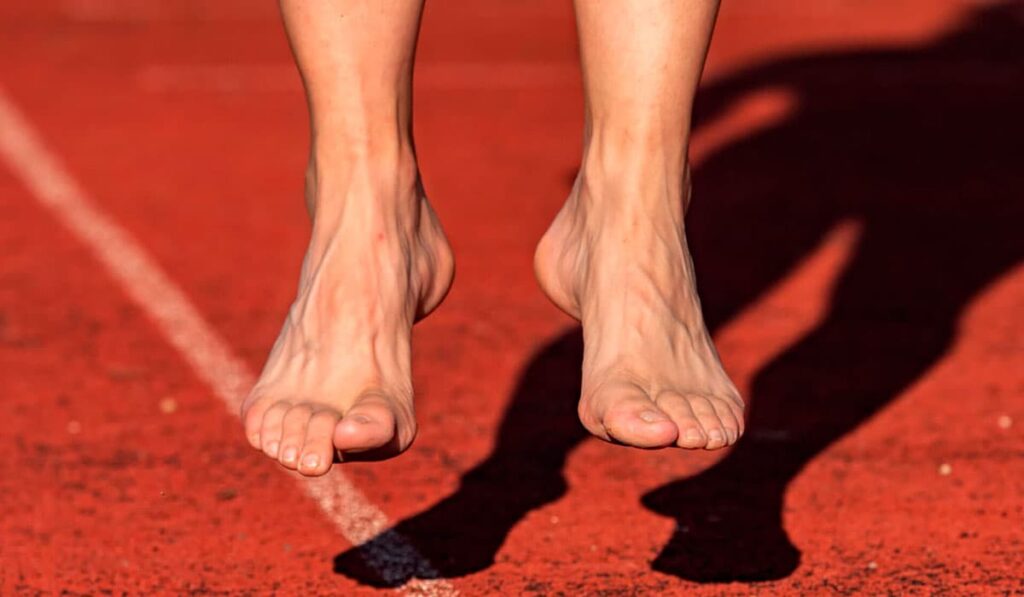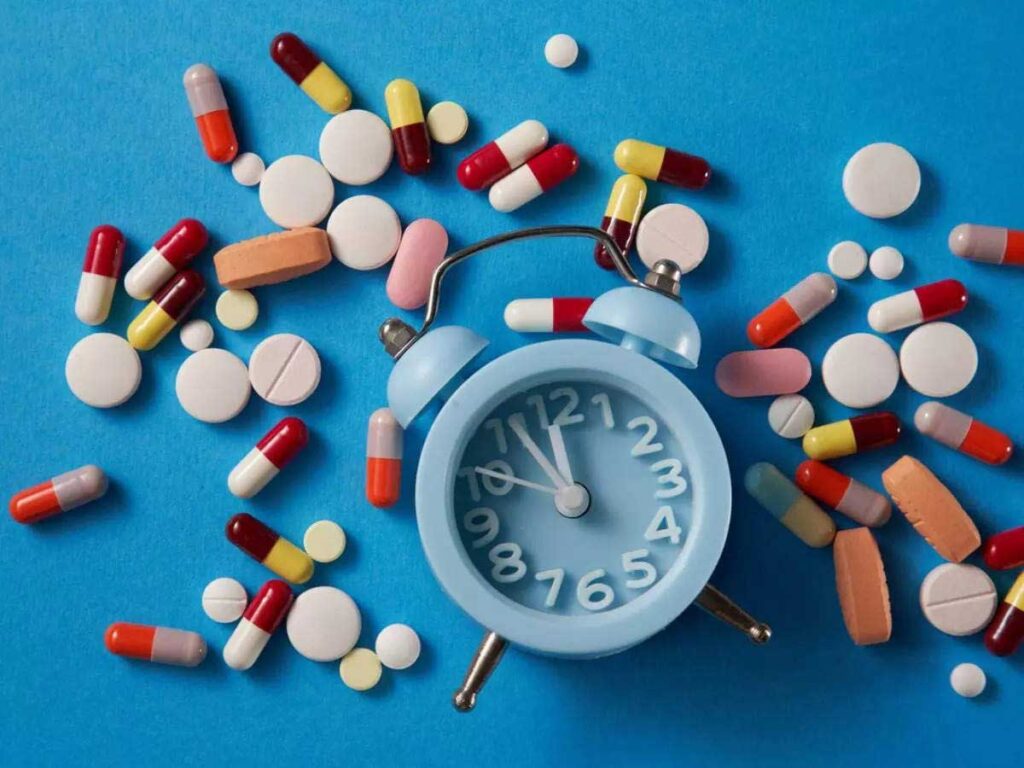It’s normal to wonder if a prescription drug is to blame if you’ve noticed more spider veins on your legs while using it. There is, however, no proof that prescription or over-the-counter drugs can bring on or aggravate spider veins.
Spider veins are varicose veins’ flatter, thinner, and typically less painful cousins. However, faulty vein valves that let blood pool cause both varicose and spider veins. The blood forces the veins to expand and move closer to the skin’s surface. More minor, red, purple, and blue blood vessels called spider veins also twist and turn.
The majority of people simply suffer minor symptoms like soreness and itching. However, they might prefer to get rid of spider veins because of the unpleasant look of spider veins.

WHAT LEADS TO SPIDER VEINS AND VARICOSE VEINS?
You may be at risk of developing spider veins due to various factors consist of :
- Menopause
Estrogen and progesterone levels fall throughout menopause. The walls and valves of veins can deteriorate when estrogen and progesterone levels fall because veins and capillaries depend on these hormones to operate normally. By increasing a woman’s supply of these hormones, hormone replacement treatment (HRT) can maintain healthy veins and stop the development of new spider veins. However, HRT cannot stop spider veins from developing in the first place. - Heredity
Your chances of developing varicose or spider veins increase if your family has a history of these problems. A genetic propensity for blood clots may also increase your risk of developing varicose and spider veins. - Prolonged Standing or Sitting
When you sit or stand for long periods of time, the pressure in your leg veins increases, and the valves in the veins weaken when blood from the lower extremities is returned to the heart due to gravity and combined forces. As a result of blood pooling in the veins noticeable spider veins are developed. - Obesity or overweight
Extra weight strains your veins, which can damage the valves and walls of the veins and cause spider veins to appear. - Age
Age-related venous valve deterioration and an elevated likelihood of spider veins are facts of life. Aged between 30 to 60 there are more chances of developing spider veins. - Blood clot history
Conditions like tumors, constipation, and externally worn clothing like girdles raise the pressure in the abdomen which leads to spider veins.
Other documented reasons for spider veins include UV radiation exposure, prior vascular surgery, and skin damage or inflammation.

WHAT TREATMENTS ARE AVAILABLE FOR SPIDER AND VARICOSE VEINS?
There are 4 main treatments for spider veins :
Compression or support socks
Wearing a properly fitting support hose is the most conservative action, mainly if the veins are painful or uncomfortable. They apply light pressure to the leg. That reduces leg edema and prevents blood from collecting in veins. These stockings are easily available in pharmacies.
A shift in lifestyle
Treatments for varicose and spider veins that work well include walking and maintaining proper skin hygiene. You might also try :
- Avoid long-term standing or sitting.
- Do not spend too much time standing on heels. Lower-heeled shoes help improve vein blood flow and tone calf muscles.
- Whether you are sitting, at ease, or asleep, raise your legs preferably to a position above your heart.
- Keeping your legs straight at the knees and ankles
- Exercises that include movement of your legs.
Sclerotherapy
Spider vein pain and discomfort can be treated with this operation, and it can also stop problems like ulcers and vein bleeding. Sclerotherapy involves injecting a specially formulated detergent or a highly concentrated saline (salt) solution into the vein. The chemical causes the vein’s interior to become inflamed and scarred, causing the vein to collapse and ultimately disintegrate over the course of 3 to 6 weeks. The removal of more extensive veins could take six months.
Endovenous laser ablation
Endovenous laser ablation involves inserting a tiny laser strand into the vein. Your doctor will insert a small catheter after making a tiny cut close to the vein. The interior of the vessel is heated by a device at the catheter’s tip. The vein collapses as a result of laser light pulses supplied within.
Never discontinue taking the medication without first talking to your doctor, since this is never a wise decision. Always discuss potential reasons spider veins may form when taking medicine with your doctor.
Specialty Care Clinics run vein treatment facilities. Contact us at (469) 545-9983 right away to schedule a consultation.
